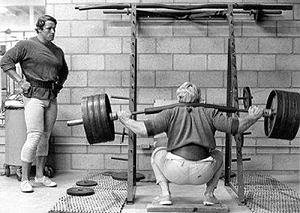- Training with a focus on progressive overload
- Using a moderate amount of volume per workout
- Training muscles twice a week with a variety of rep ranges
For the most part, it comes down to picking the right weight.

Since Then, I’ve Found These Basic Rules To Work Well In Maximising Muscular Stress And Minimising Systemic Fatigue:
- If you’re doing anything less than a set of 6, you should knock the 6 reps out without having to pause too much at the top.
- If you’re doing 6 to 12 reps, pausing once for a 2-3 breaths is fine (mainly for compounds lifts, not isolation – these should always be constant).
- If you’re doing 12 to 20 reps, allow yourself 1-3 pauses if required.

Training In This Manner Is Difficult, But Your Training Progression Will Be More Standardised And Honest For It.
Conclusion
- Pick the right weight for your sets
- Keep your training honest by executing your sets in the same manner as you progress in load
- Don’t extend every set in a rest-paused fashion – save 1-2 pauses for your last set if needs be
- Don’t alter your technique to squeeze out more reps
- Maximise the stress on your muscles, and minimise the load on your nervous and hormonal systems.

.jpg)
